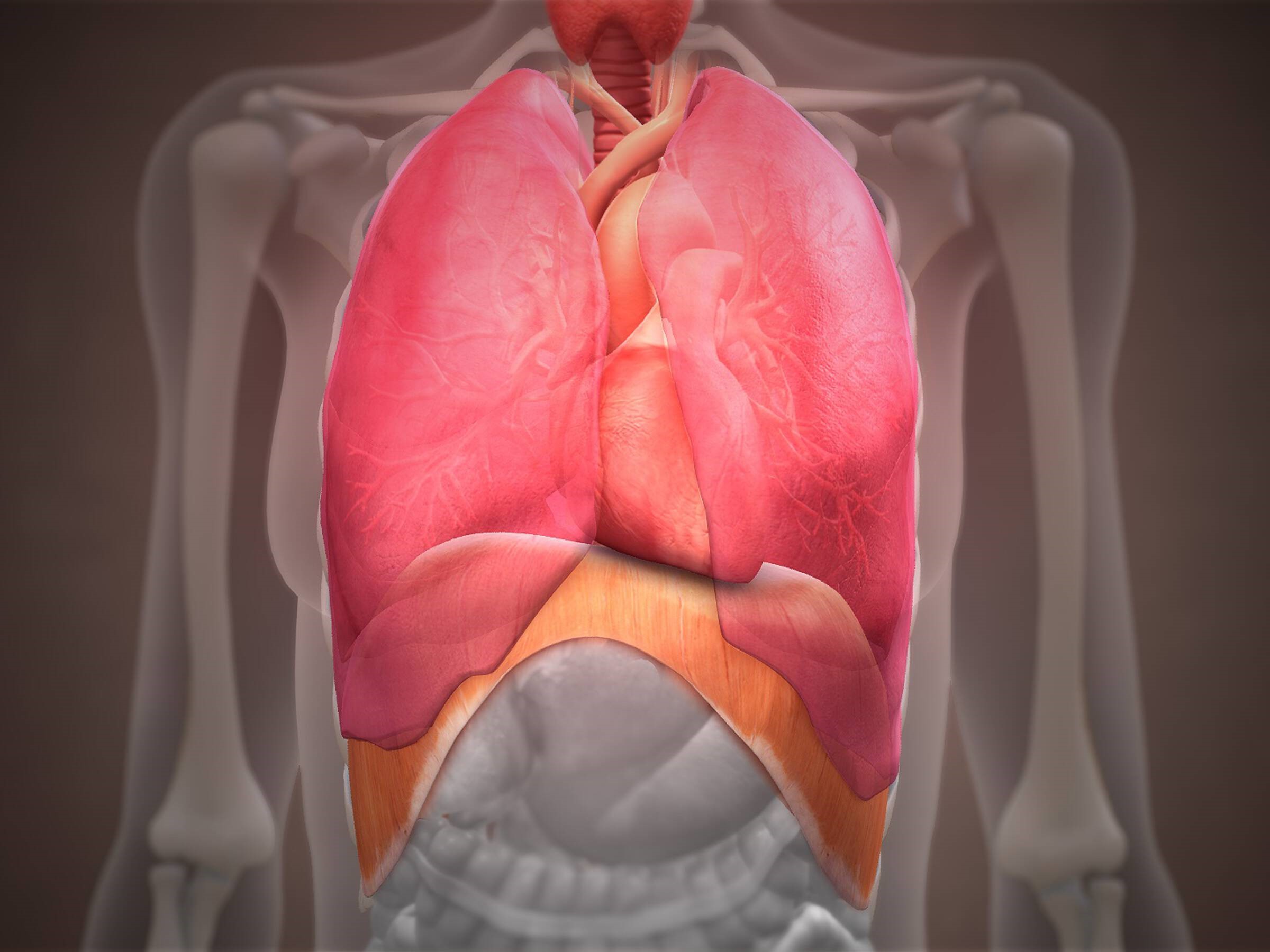Unfamiliarity with Paralyzed Diaphragm
A dysfunction of the diaphragm has significant consequences for breathing. It is often difficult to discern that the symptoms of shortness of breath are caused by an elevated position of the diaphragm.
Experience teaches us that making the correct diagnosis is not easy, and patients with this condition often start with a pulmonologist or cardiologist.
Fortunately, our special surgical technique through the abdomen is becoming increasingly well- known among specialists and patients, so that patients are referred to the appropriate specialist.
In the past, patients were often told that nothing could be done about this disease and that they had to accept the reduced breathing and symptoms of shortness of breath, but now, patients with a paralyzed diaphragm are increasingly finding their way to the Diaphragm Center.
Cause
In half of patients with a paralyzed diaphragm, the cause is unknown. In the other half, the condition is the result of damage to the nerve to the diaphragm, for example, due to neck injury, surgery in the chest, or neuromuscular diseases such as neuralgic amyotrophy, etc.
Symptom Pattern
A typical complaint of patients with a paralyzed diaphragm is shortness of breath during exertion, bending, or lying flat. They notice this when tying their laces or when picking up something from the ground. Difficulty climbing stairs, excessive burping, and shortness of breath while talking and walking are also common complaints. Some patients need respiratory support at night and are under the care of a center for home ventilation (CTB).
Diagnostics
To make the correct diagnosis, various imaging methods need to be performed. This includes a chest X-ray, a so-called sniff test under fluoroscopy, a CT scan of the chest/upper abdomen, and possibly an additional MRI.
Diaphragm Center
For treatment of paralyzed diaphragm

